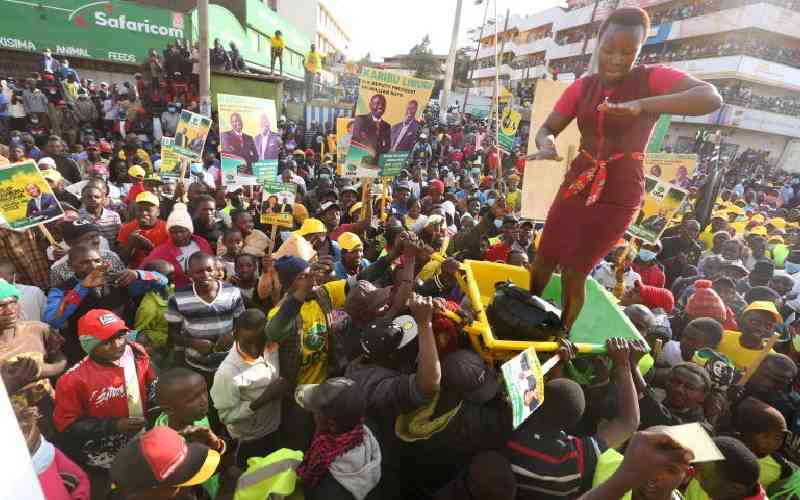×
The Standard e-Paper
Kenya's Bold Newspaper

Selfish interests, lack of ideology, greed and politics based on ethnicity have dealt a mortal blow to many promising political coalitions and parties in Kenya in the past three decades.
Large political parties and coalitions, like Jubilee which in 2018 had 173 MPs, collapsed like a pack of cards in less than 10 years. A similar fate befell Narc in 2007 and PNU in 2013.